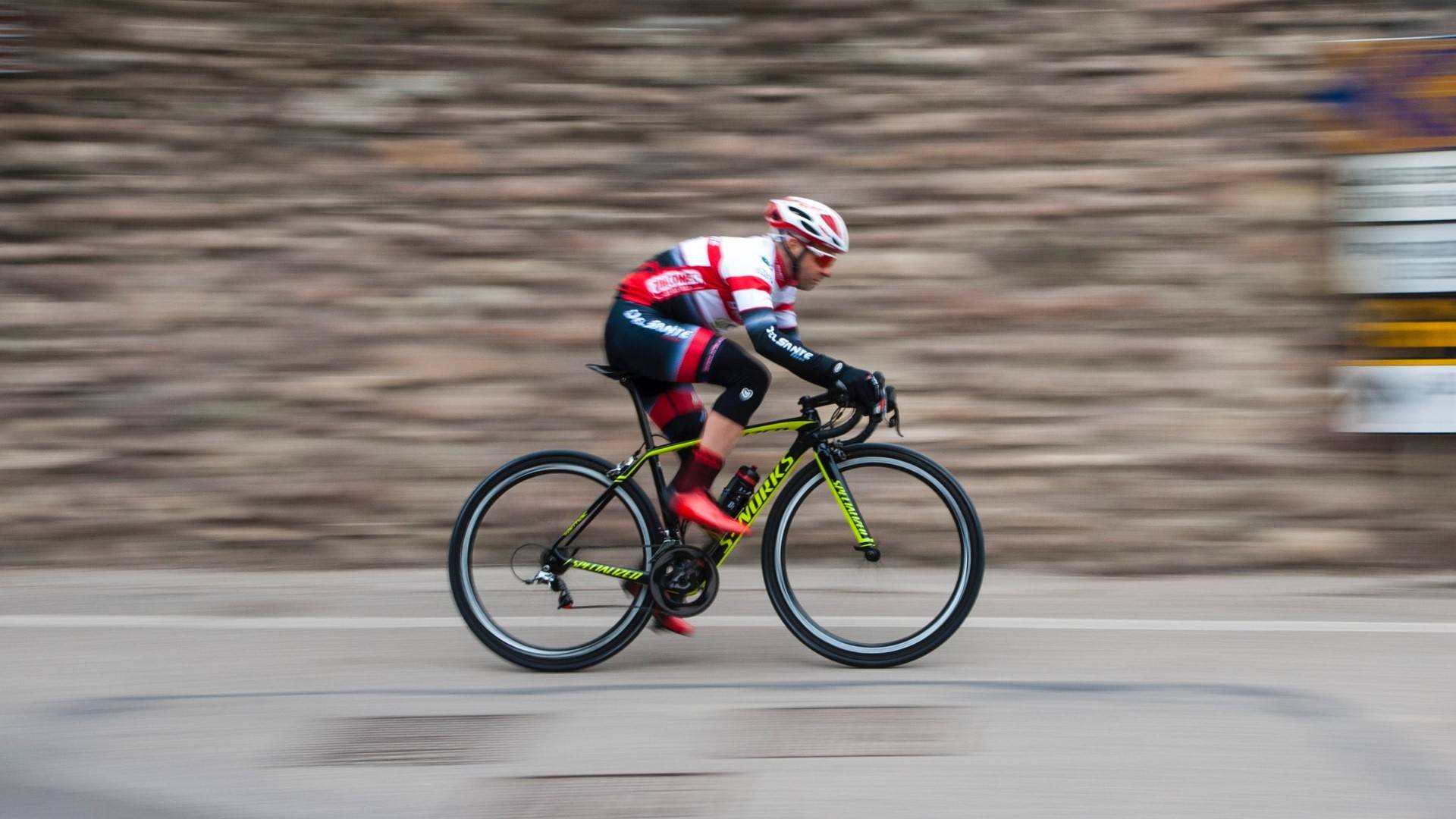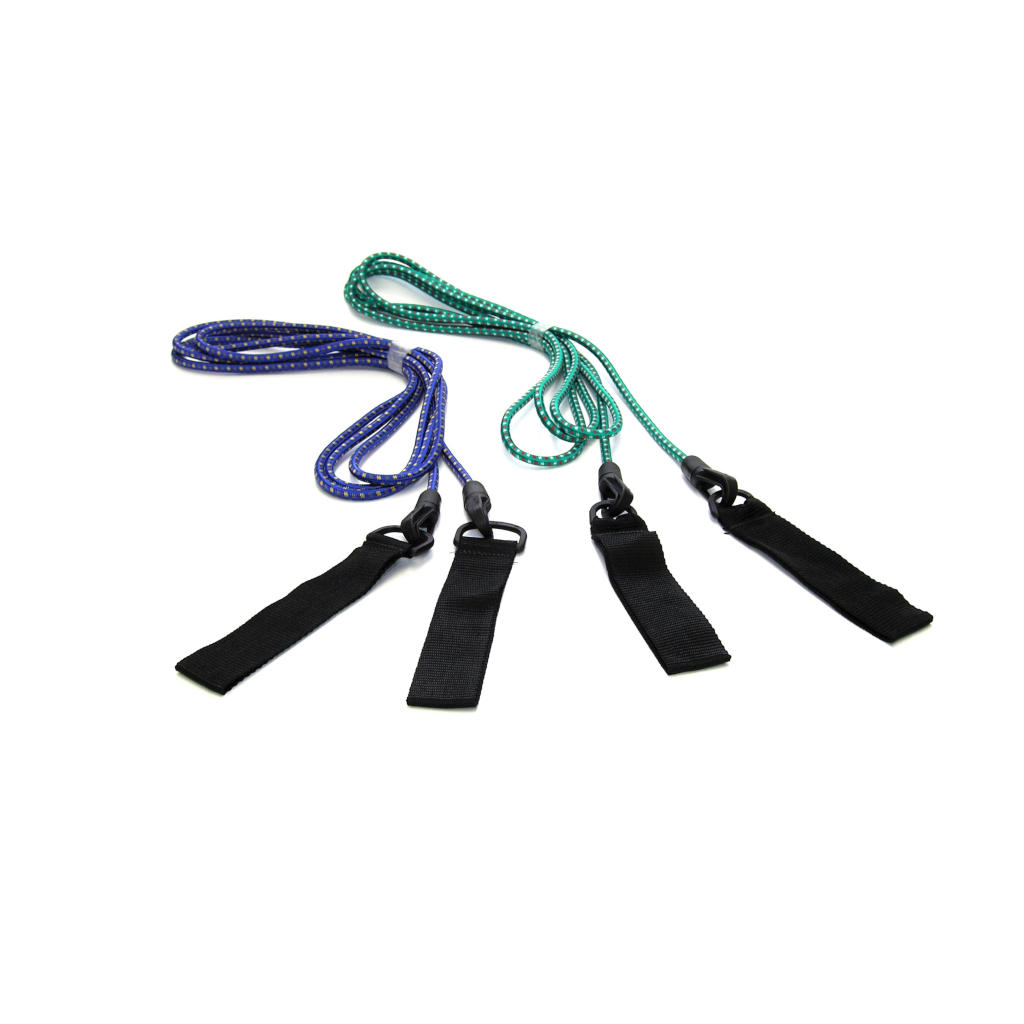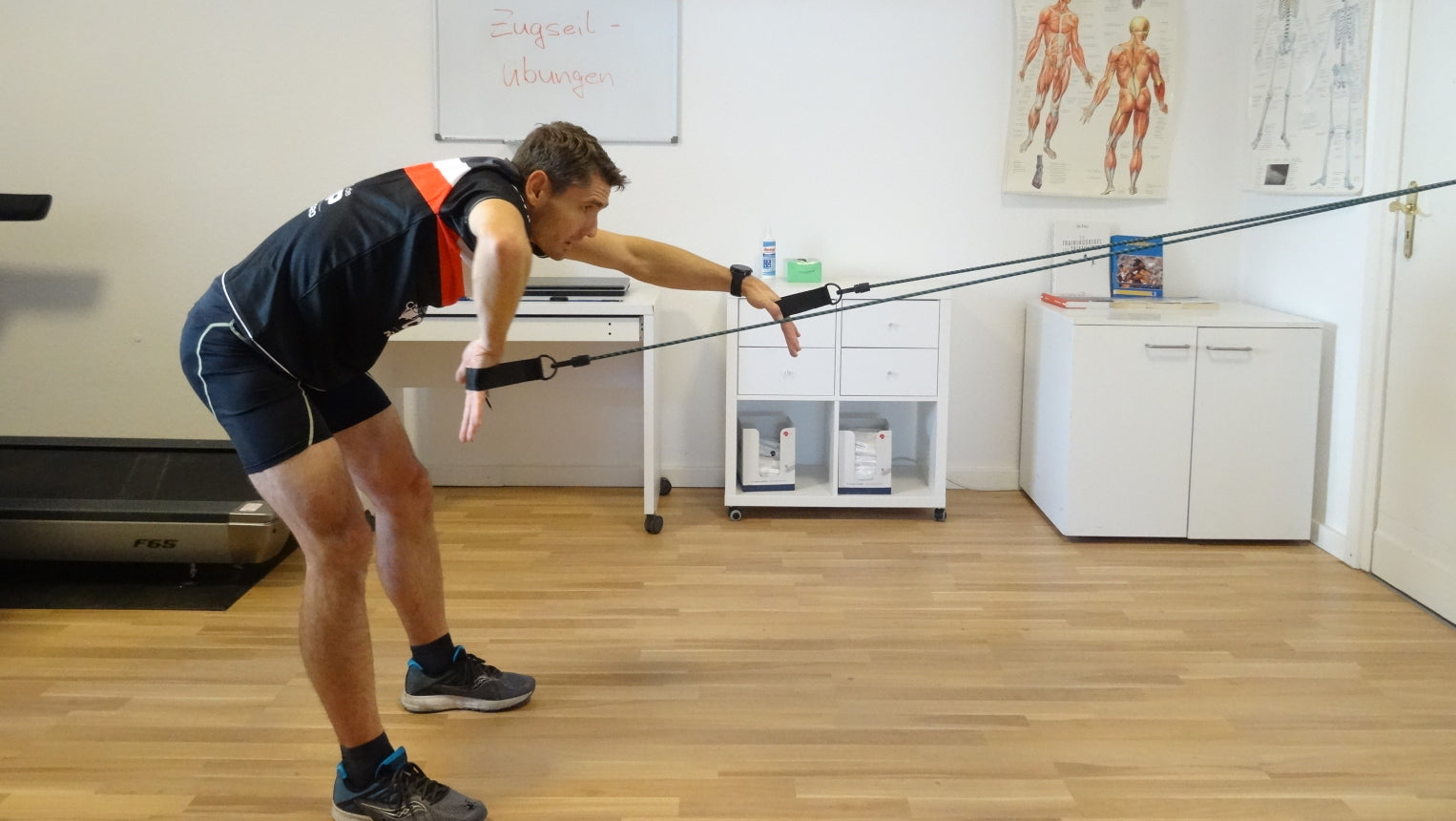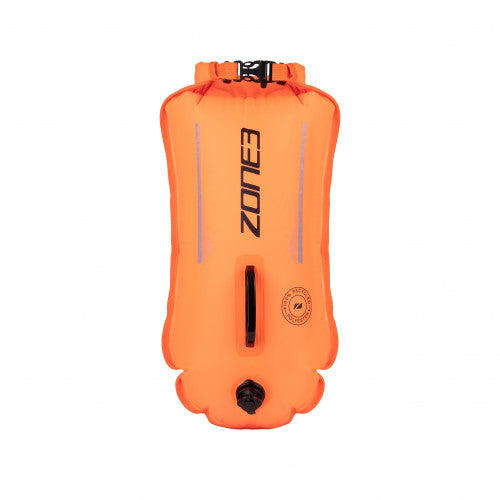Spring isn't here yet. Nevertheless, the amount of training is slowly increasing. At sub-zero temperatures, not only is the musculoskeletal system susceptible to injury, but also our mucous membranes in the respiratory tract. You should therefore pay attention to the following points during daily training in the fresh air.
Mucous membranes are a moist protective layer that covers the mouth, nose and throat, among other things. Every mucous membrane is optimally adapted to its “area of application”. For example, the nasal mucosa fulfills important tasks in protecting against pathogens and inhaled foreign bodies. With every breath, which normally takes place through the nose in everyday life, pathogens are stopped from penetrating.
However, if the nasal mucosa dries out, this protection is impaired. A health hazard, especially in winter! Because dry heating air, cold and chlorine put a strain on the protective organ.
breathing during exercise
An athlete automatically increases his tidal volume when he exerts himself. Tidal volume, which is the amount of air that goes in and out of the airways per minute. Respiratory rate and tidal volume are automatically and optimally adjusted to one another at all levels of exertion. Every conscious change in the individual breathing rhythm leads to a reduction in breathing economy. Therefore, in general, one should breathe in the breathing rhythm that arises unconsciously due to the stress and movement requirements.
With an increasing heart rate and an increase in the need for oxygen, the amount of oxygen taken in through the nose is simply not sufficient. The athlete begins to breathe through the mouth, but this also loses the protective functions of the nose, which would be there: filtering, warming and humidifying air. The cold air then flows unhindered into the mouth, throat and our bronchi.
If you pay attention to the following few little things, you will surely get through the winter well:
- drink a lot
Cold air contains less moisture than warm air. The cold air thus removes moisture from your mucous membranes. So drink regularly: preferably tea or water.
- use face shield
There are a wide variety of products on the market to protect the face from the sub-zero temperatures. The air is slightly warmed up by the layer of warmth between the mouth and the textile. The resulting moisture can also optimize the breathing air somewhat. Whether it's a buff, a normal cloth, or a sports balaclava - you can use it to protect your face and bronchi.
- Inhale
If you have an inhalation device with a compressor, you should inhale an isotonic saline solution. It would be important to breathe in slowly, evenly and deeply into the lower airways. If you only breathe superficially, you will not reach the lower airways. It would also be important not to pull on the mouthpiece like on a cigarette, but to let the air flow in really slowly and softly. Hold the inhaled air briefly and then exhale again without pressure, not forced.
By the way: The "face over pot" method only works to a limited extent for the upper respiratory tract, since the droplet size of the water vapor is not respirable. The droplets get caught in the throat.
- nasal douche
There are very good nasal douches on the market with understandable descriptions. The nasal douche may not be for everyone, but it is still very effective.
- gargling and lozenges
Gargling with a slightly isotonic salt solution and/or lozenges are also highly recommended to care for the mucous membranes.
- Training in the "green" area
In severe cold, it is not recommended to do high-intensity sessions. The air turnover is too high and with it the risk of overtaxing the mucous membranes. In this case, less really is more.
- Dress warm + windproof and shower immediately and dress dry
Should be clear anyway. Don't forget to wrap up your head and your hands.



















